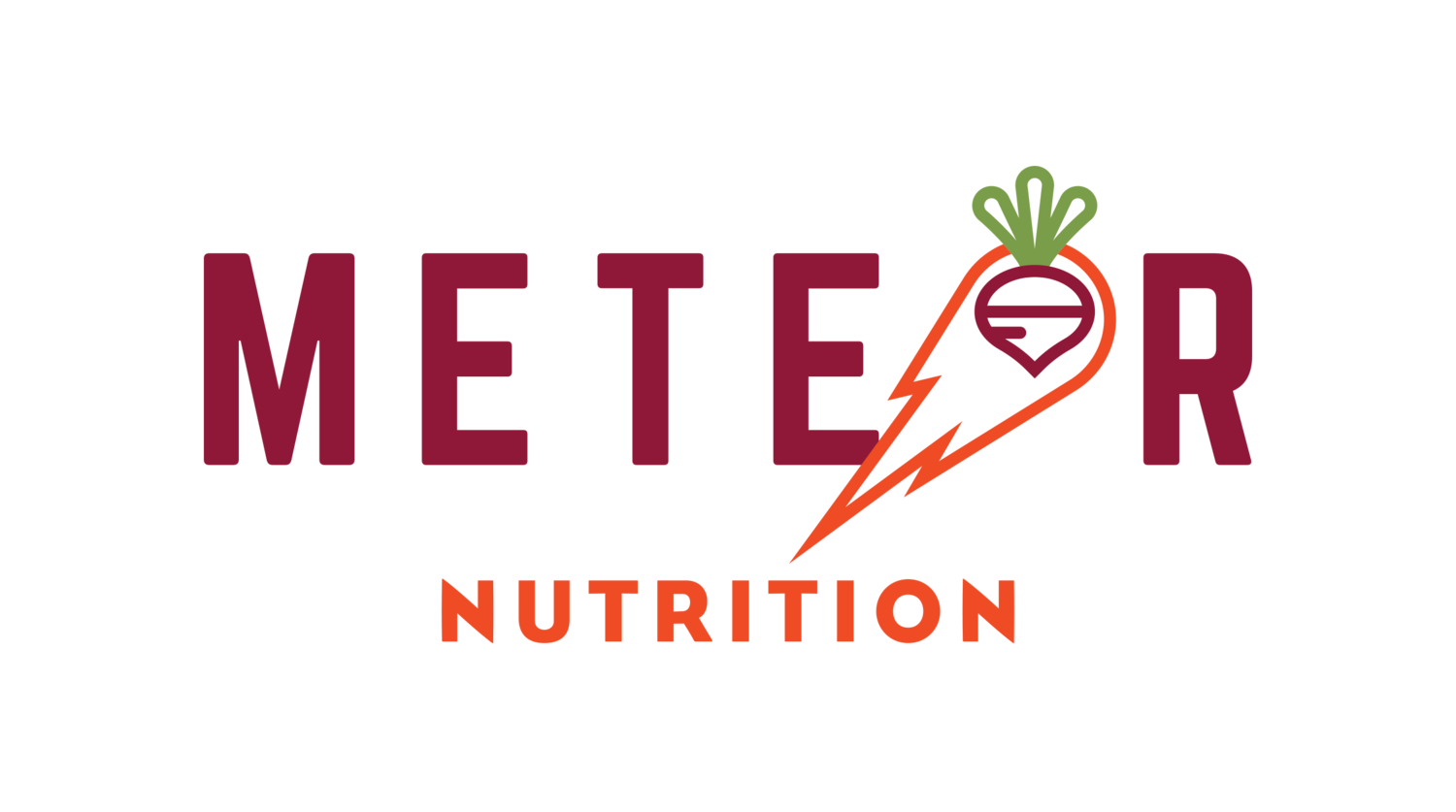Why Rest Supports a Happy Body
Lately, there seems to be a trend of athletes that expect to be in peak shape 24 hours a day, 365 days a year. However, a lot of these athletes experience plateaus, overuse exercise, or just overall burnout. Having an “off-season” is key to improving in several capacities. For one, your entire body will be grateful. Repetitive movements that include running or cycling create micro tears in your muscles. Without rest, you do not have the opportunity to rebuild or strengthen these microscopic tears. Similar to muscles, bones need adequate time to repair bone tissues. Continuous stress on bones without rest periods places a higher risk for stress fractures in the body. Next, tendons that are tightened throughout a training cycle are protected. Tendons allow muscles to be connected to bones, and it is difficult for blood to reach them, thus they take longer to repair than other body structures. Therefore, constant pounding can cause damage, such as tendonitis from inflammation as a result of overuse. Last but certainly not least, your brain has time to chill. While running can help release endorphins to help manage stress, it still releases a stress hormone, cortisol simultaneously. Increases in cortisol can cause irritability, sleep problems, and other health issues.
With less activity, comes the concern of either compromising the physical shape that an athlete has strived for, or wanting to improve the overall body composition that they were in with the prior season. It is not uncommon for athletes (particularly endurance) to request to meet after this transition phase to put a plan together to lose 5-15 lbs. Thus, the off-season is a wonderful time to address any body composition goals, especially when it comes to weight loss. Attempting to lose weight in the bulk of training can lead to under fueling activity that may lead to poor energy levels, reduced ability to recover, or even injuries. Off seasons may look different for everyone, however Meteor Nutrition strongly supports intentional breaks from demanding training.
So the biggest question we get is can weight gain be avoided during the off-season? There are two things to consider when answering this question. First, if you have appropriately scaled your training to peak for key races, then that means you will most likely fall into what is considered “race shape”. That means an athlete has endured a higher volume and intensity of training often making them land at a lower weight that is not natural for the individual. Therefore, it may be challenging to maintain this peak shape year around, which is completely normal. The second item to consider is, that you can prevent excess weight that is higher than your usual body weight from accruing with what is considered “nutrition periodization”. Just like a training plan is carefully strategized for specific training phases, your nutrition can be applied to align with different training blocks. This will allow the athlete to support their current training load with the appropriate amount of nutrition, while implementing the proper nutrients needed for recovery, proper immune function, and for injury prevention.
Most athletes understand that your caloric intake must decrease now that the volume and intensity of training has decreased. It sounds simple, yet so many athletes are challenged to implement this concept. It is not that they are a “bad” athlete or “undisciplined. Rather, they are accustomed to requiring far more nutrition to properly fuel a day’s training load. When this is no longer the case, it takes psychological adjustment to implement a new nutrition plan.
Here are some considerations for nutrition periodization during the off-season:
1. Set a realistic body composition or weight loss goal .
Drastic changes are unsustainable and may promote “rebounding” later or insufficient energy availability. Safe weight loss is considered 1-2 lbs per week.
2. Set realistic calorie limits.
Use modest calories deficits to establish safe and longterm weight-loss/maintenance. Also important to consider an additional 250 calories per day could lead to an additional 2 lbs of weight gain per month.
3. Use moderate carbohydrate intake with less activity
Focus on lean protein for muscle recovery/ building and satiety throughout the day while including fruits and vegetables to reduce inflammation and create bulk to meals. Carbohydrate consumption should come from sources rich in fiber such as whole grains and other energy-enhancing foods.
4. Cook with new, foods rich in antioxidants.
A break from the foods that you typically utilize with your training diet can help to spruce things up, while introducing different nutrients that can help reduce inflammation. Examples of these foods include berries, cherries, herbs, apples, beans, fatty fish, and nuts.
Just like training and race specific nutrition, off-season nutrition is something that can be tailored to meet your individual needs. For more information on how to implement a training diet that includes strategies for an off-season diet, contact us at meteornutrition@gmail.com.
